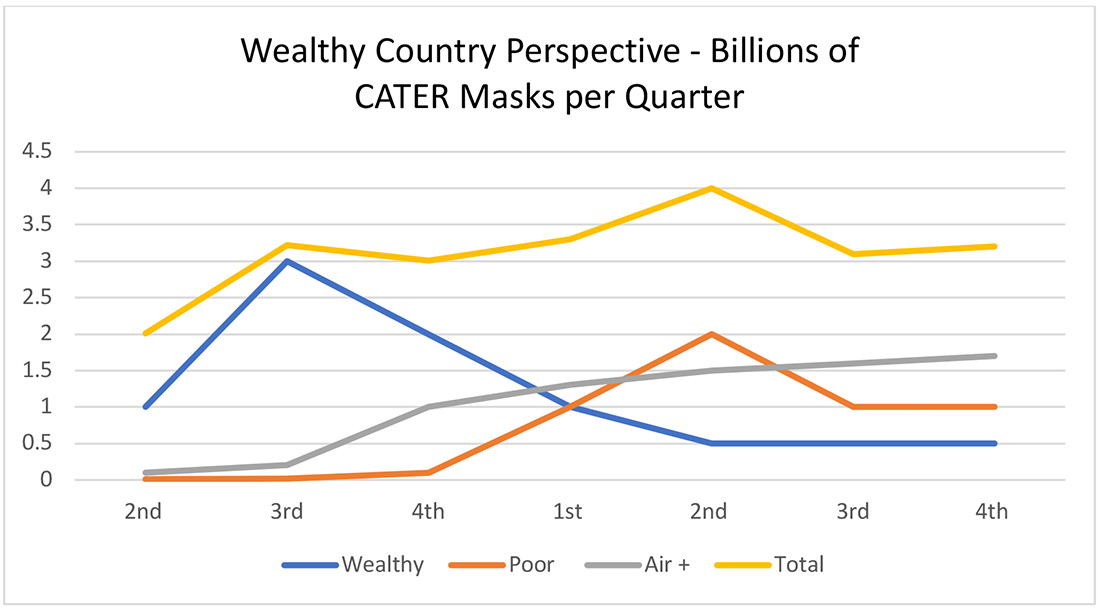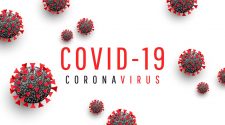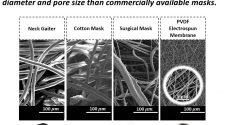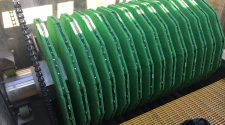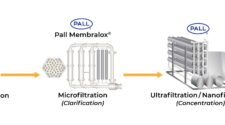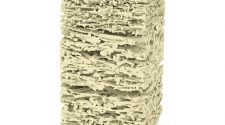Three billion people are wearing masks every day to reduce the spread of the SARS-Cov-2 virus. No mitigation option compares to providing them with tight fitting and efficient protection. When both transmitter and recipient wear masks with a fitted filtration efficiency (FFE) of 90%, the net result is 99% virus capture (i.e., 99% solution).
It will be eight months before vaccinations have the needed impact in wealthy countries. It will be years before people in poor countries are vaccinated. There are new virus variants and there is concern that one will eventually be resistant to the present vaccine.
The 99% solution plus fan filter units and air purifiers in areas where mask wearing is inconvenient will create a safe environment (i.e., “safe bubble”) for normal activity. Millions of lives can be saved in the time interval prior to vaccine immunity.
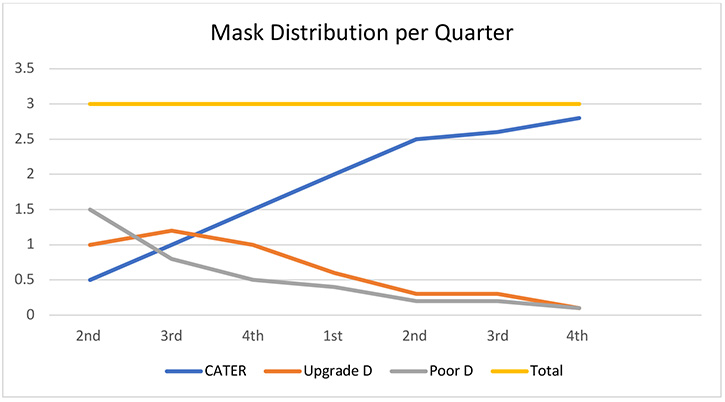
It is proposed that the economy of the world be reopened based on a 99% solution safe-bubble concept. Any facility operating in a safe bubble, as described above, could resume near-normal operations. The advantage is instant implementation. The local government would be quick to allow the fitness center or school to reopen with full occupancy if the safe bubble could be achieved. Let’s address the hurdles to insuring maximum impact in 2021.
- Hurdle 1 – Regulatory framework: Instant acceptance of the safe-bubble initiative is likely. Local regulators are under pressure to reopen facilities at full occupancy. So this initiative will be well received and result in regulations allowing near normal activity in safe bubbles. As long as each entrant to a facility is scrutinized, regulators, owners, and patrons can be assured of low transmission risk.
- Hurdle 2 – Ability to deliver: A mix of upgraded disposable and reusable masks reduce numbers to an achievable target.
- Hurdle 3 – Funding: In wealthy countries the promise of near-normal operation will be a sufficient driver. In poor countries subsidies will be needed.
Disposable masks create two problems. One is media availability and the other is a tight fit.(1) An alternative is Comfortable, Attractive, Tight Fitting, Efficient, Reusable masks (CATER Mask). Production could be ramped up quickly. The wealthy countries can afford these masks and will consume the bulk of them in the early months. As the vaccine takes effect and mask demand diminishes CATER masks can be supplied to the poorer countries. Long term there would be increased use for air pollution and wildfire protection.
CATER mask suppliers could quickly ramp up delivery to wealthy countries with the assurance that the poorer countries and non-COVID demand would provide a longer-term market.
This strategy would put severe strain on suppliers to scale up to meet the demand in the needed timeframe. It also provides no short-term solution for the poorer countries.
The most effective strategy will be to upgrade disposable masks to ensure a tight fit and to use these in combination with CATER masks. Projections have been made on the assumption that three billion people will be wearing masks for the next two years. The number of people wearing poor disposable masks will be reduced from 1.5 billion in the second quarter to less than 100 million by the end of 2022. (2)
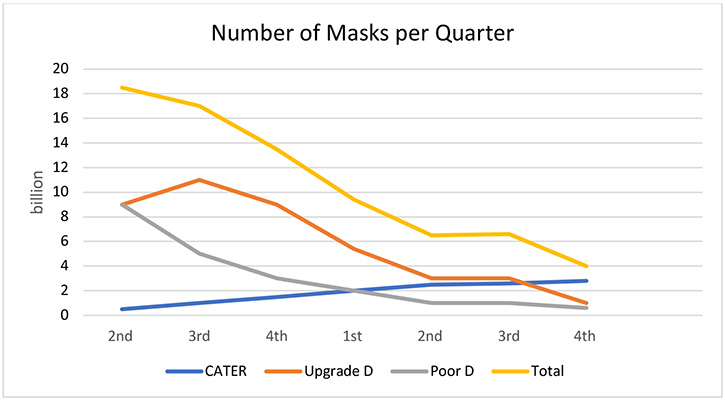
In the second quarter of this year over 1 billion people would be wearing upgraded disposable masks with auxiliary seal devices. CATER Masks would be worn by 1.4 billion people in the fourth quarter.
CATER masks can be worn for up to 90 days. Upgraded disposable masks could be worn for shorter periods. The life of the poor disposable masks is highly variable. Here are the estimated number of masks and revenues by mask type.
|
Mask Type |
Number per |
Cost per Mask |
Revenues per Person per Quarter |
|
CATER |
1 |
$20 |
$20 |
|
Upgraded Disposable |
9 |
$ 3 |
$27 |
|
Poor Disposable |
6 |
$ 1 |
$6 |
The following graph shows the number of masks per quarter. The total would decrease from 18 billion in the second quarter of 2021 to just 4 billion by the end of 2022. At that point there would be 2.8 billion CATER masks produced per quarter.
Mask revenues would rise to $40 billion in the second quarter. Upgraded disposable revenues would peak in the third quarter and then steadily drop as the CATER capacity grows.
CATER mask revenues would rise to $60 billion in the fourth quarter of 2022. This would include substantial sales for protection from wild fires, and other air contaminants. It would also include considerable revenues for courtesy masks.
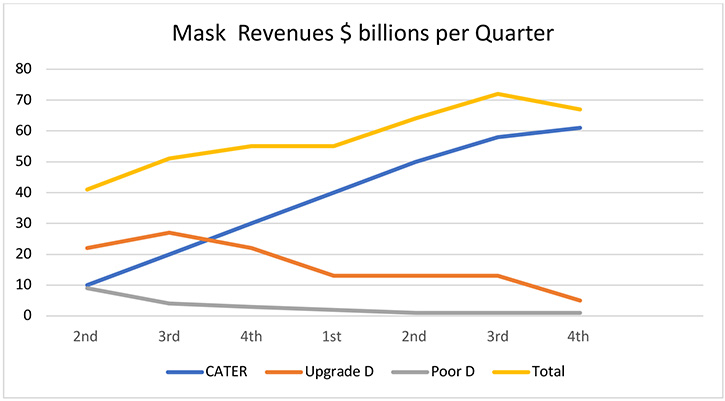
Mask revenues of $240 billion per year are an order of magnitude higher than any previous filtration market. But never has a filter been mandated for all the people in the world. Millions have died and trillions of dollars in economic activity lost due to the absence of tight fitting efficient masks. The filtration industry has a unique opportunity to rectify the situation.
References
1. Coronavirus Mask Decisions, McIlvaine Company
2. Face Mask Analysis and Forecast, McIlvaine Company
For more information on McIlvaine’s “Coronavirus Technology Solutions” report, see http://bit.ly/mcilvaine-coronavirus-database.


